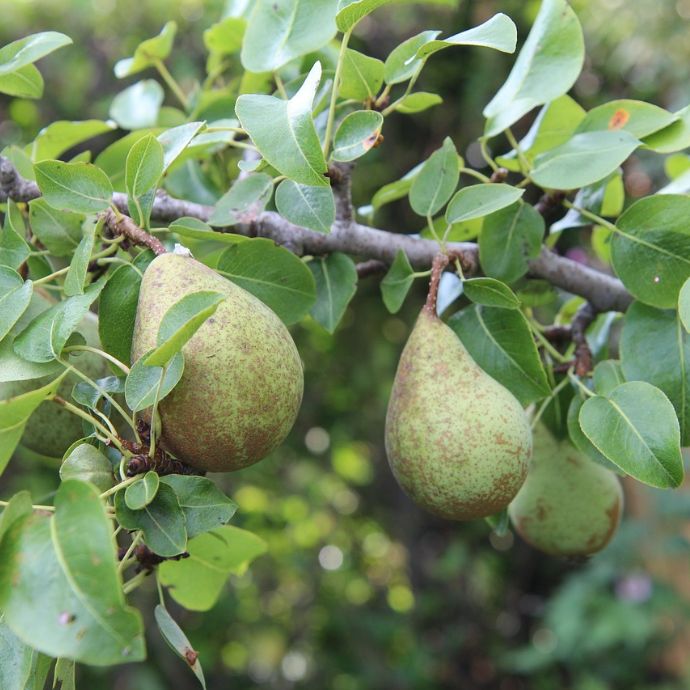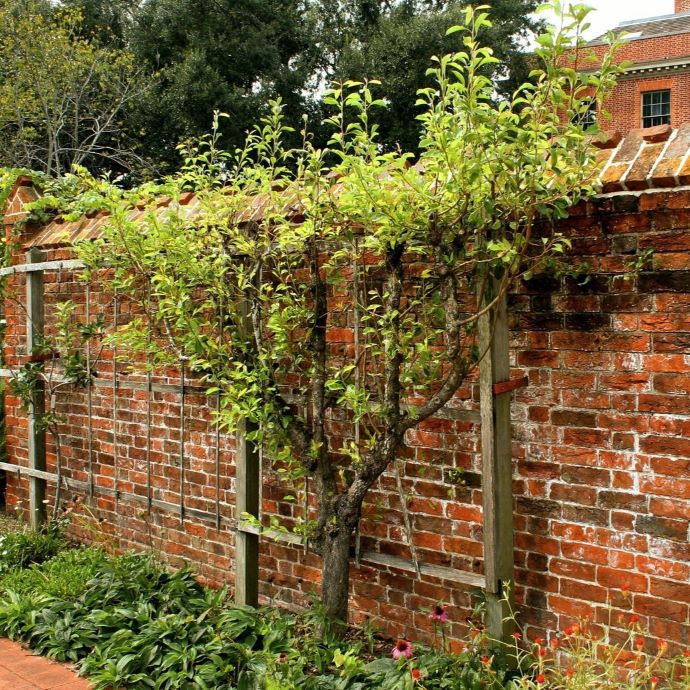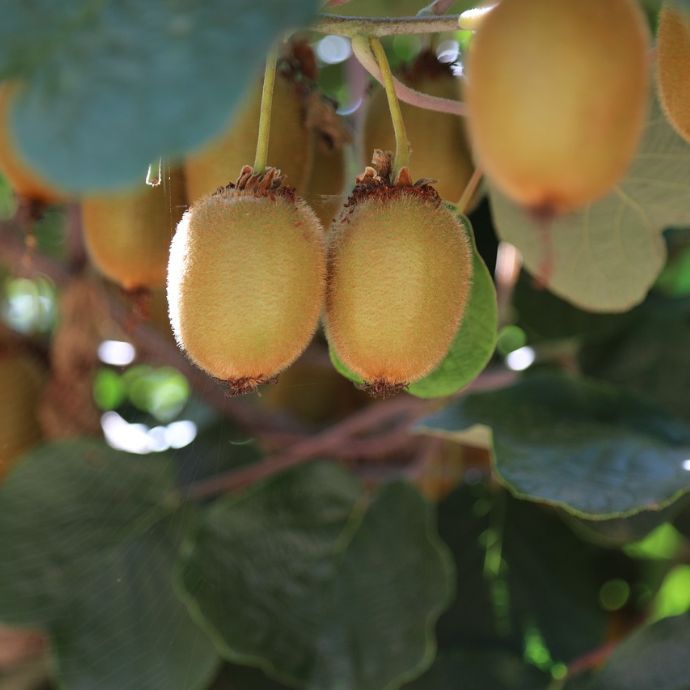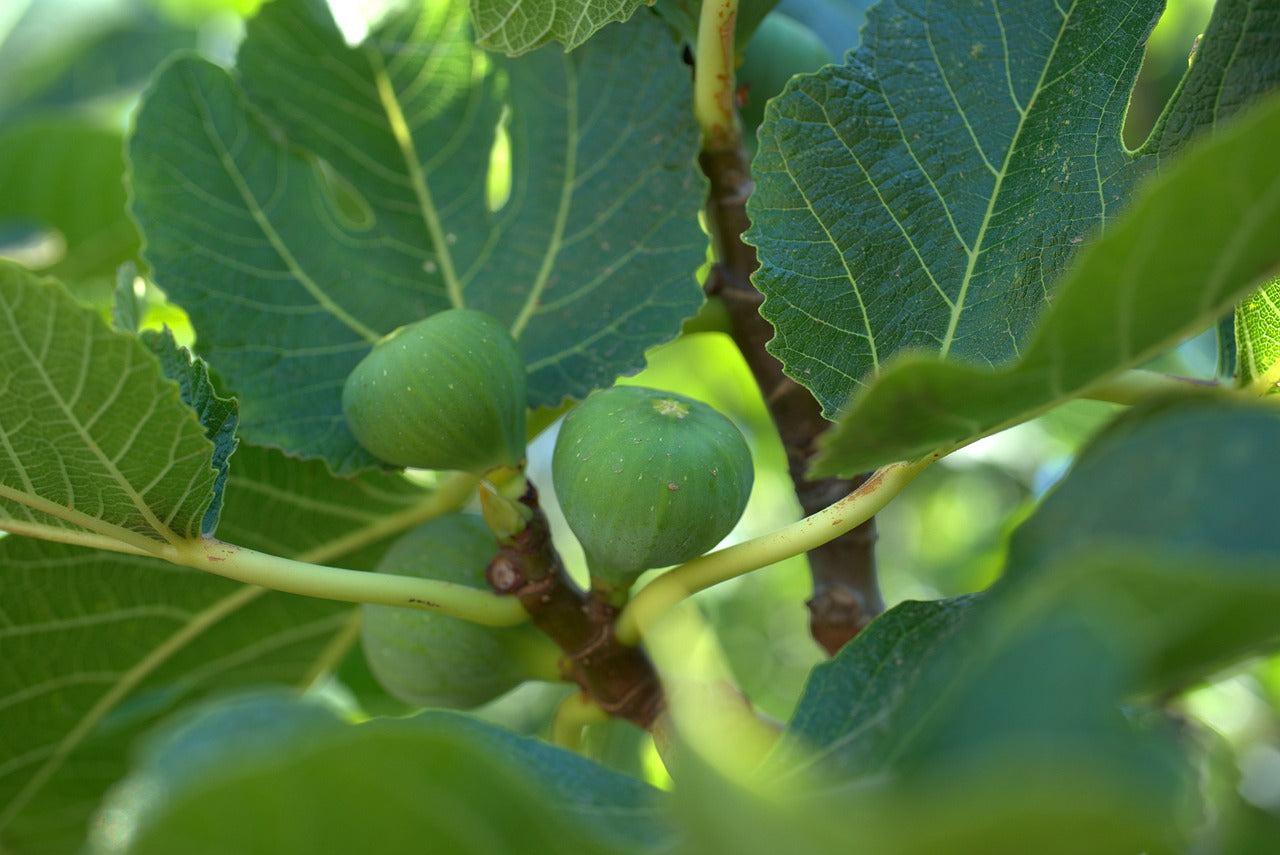Advice & Inspiration
10 Fascinating Facts about Figs
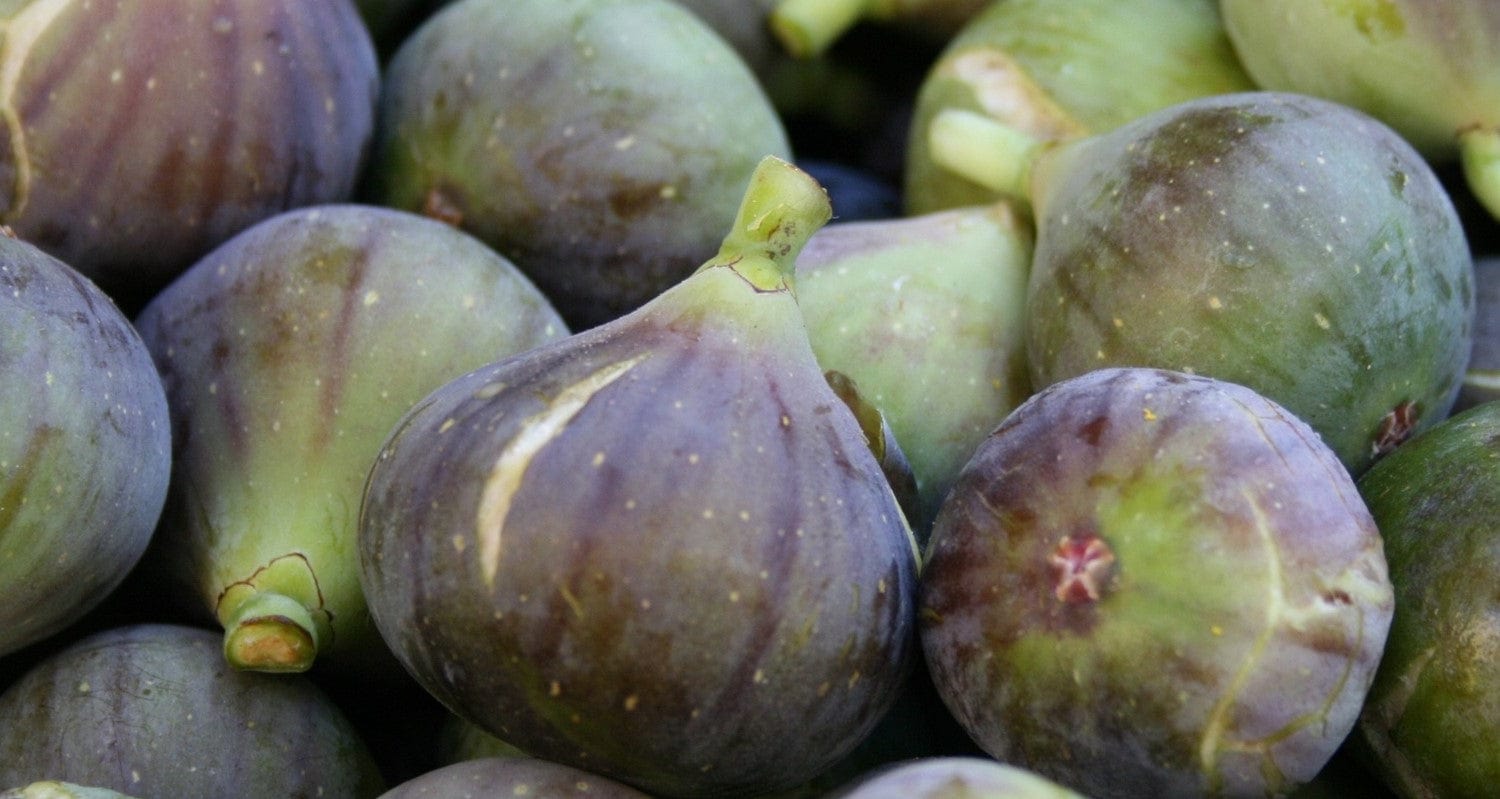
There are many reasons to grow your own figs. A ready supply of sweet, fresh fruit that would cost you $$$ in the shops, a gorgeous little tree to lend a touch of Mediterranean glamour to your patio and, it turns out, the opportunity to regale your friends with the internet wormhole that is the biology, history, mythology and even religion surrounding this ancient plant. Put it this way, narrowing it down to just ten facts was incredibly difficult - whole books have been written about figs! Next time you’re serving up a nice fig and halloumi salad to your friends or family, why not share your new found fig knowledge? Just don’t blame us if this is the start of an obsession….
1. Fig trees are 80 million years old - they've seen things.
Scientists believe that figs have been in existence for around 80 million years, which if true, means that they survived the fifth mass extinction that wiped out all the non-avian dinosaurs. That’s right - fig trees are harder than a T-Rex. Originating in northern or western Asia, figs are probably the first fruits to be cultivated by humans. Remains of fig trees have been found in Neolithic sites dating back to 5000 BCE and there are Sumerian stone tablets from 2500 BCE which mention them being used in cooking. Figs were then spread throughout the Mediterranean region by the Greeks and Romans, and by the 1500s were popular in China and England too.
2. Figs and Fig Wasps need each other
In an awesome example of co-evolution, each fig tree has its own corresponding fig wasp that can feed and breed only in their own fig flowers. This means that they can’t survive without each other! The fig tree’s ability to produce so many variations in its DNA is what’s allowed them to survive for thousands of years - and with over 750 fig species, that’s a lot of wasps. A huge number of other animals and birds also depend on this fig-wasp partnership - at least 1,274 species.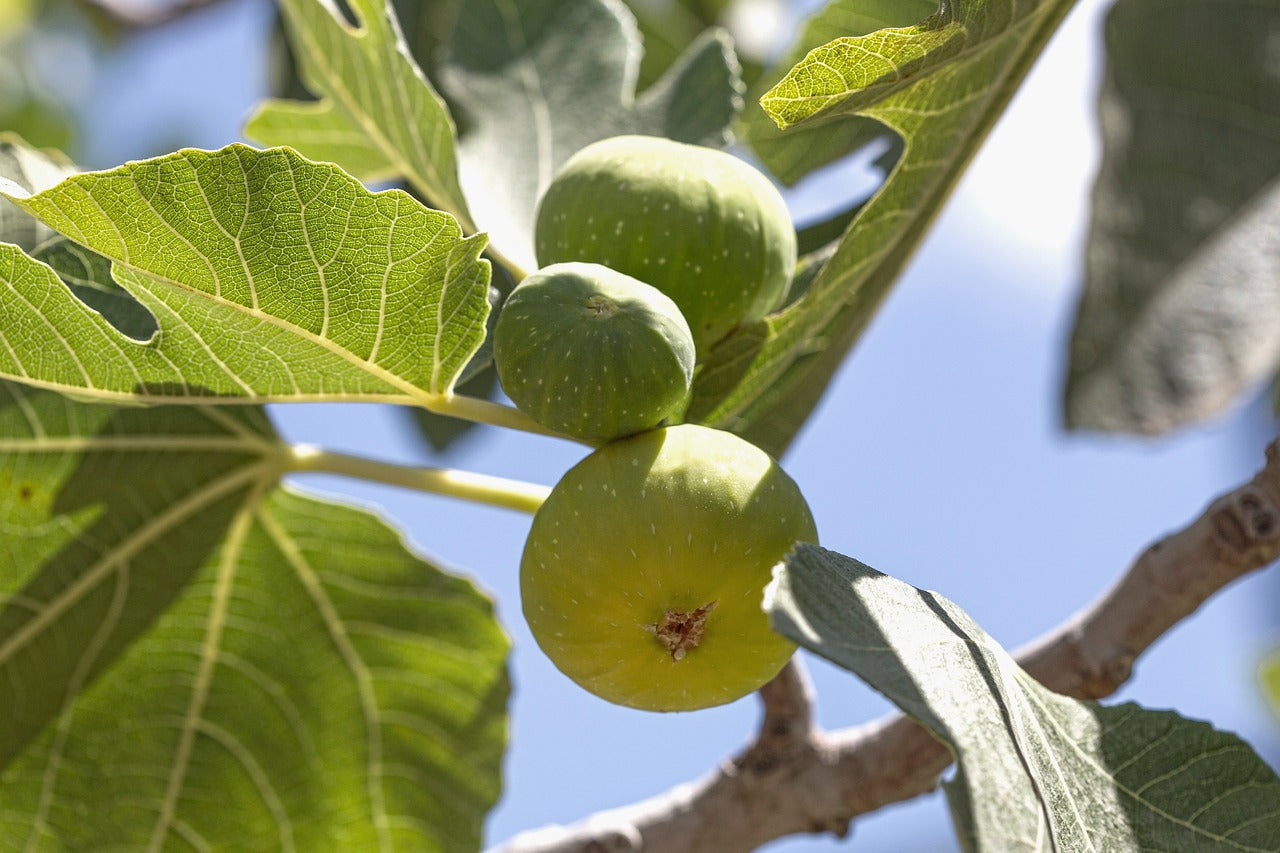
3. Imported by the Romans - or were they?
It’s been widely believed that the Romans brought fig trees with them when they invaded Britain in 54 BCE, 55 BCE or 43 CE. This is probably because fig seeds have been found during the excavation of Roman settlements in Britain - but it doesn’t give us conclusive proof of tree planting as there’s no evidence of tree wasps existing here at the time. Some archaeologists think that the seeds they found were pollinated, meaning that they could be from imported dried fruit grown in a country which had fig wasps, such as Italy - but it looks like we might never know for sure.
4. The forbidden fruit was a fig
Being such an ancient crop, figs feature heavily in the sacred literature of major world religions including Islam, Judaism, Christianity and Buddhism. Many academics believe that the forbidden fruit in the story of Adam and Eve was not, as popularly thought, an apple - but that a medieval scholar translating a Latin Bible into English made a mistake due to the word malum meaning both apple and evil. Jewish scholars have concluded that the notorious fruit is more likely to have been a fig, and that’s what Michelangelo decided too, when he painted the Sistine Chapel ceiling in 1510. Although it’s not clear what fruit the serpent is handing to Eve, it’s most definitely been picked from the fig tree he’s wound around. Which was handy when it came to the ‘using fig leaves as clothing’ part of the story.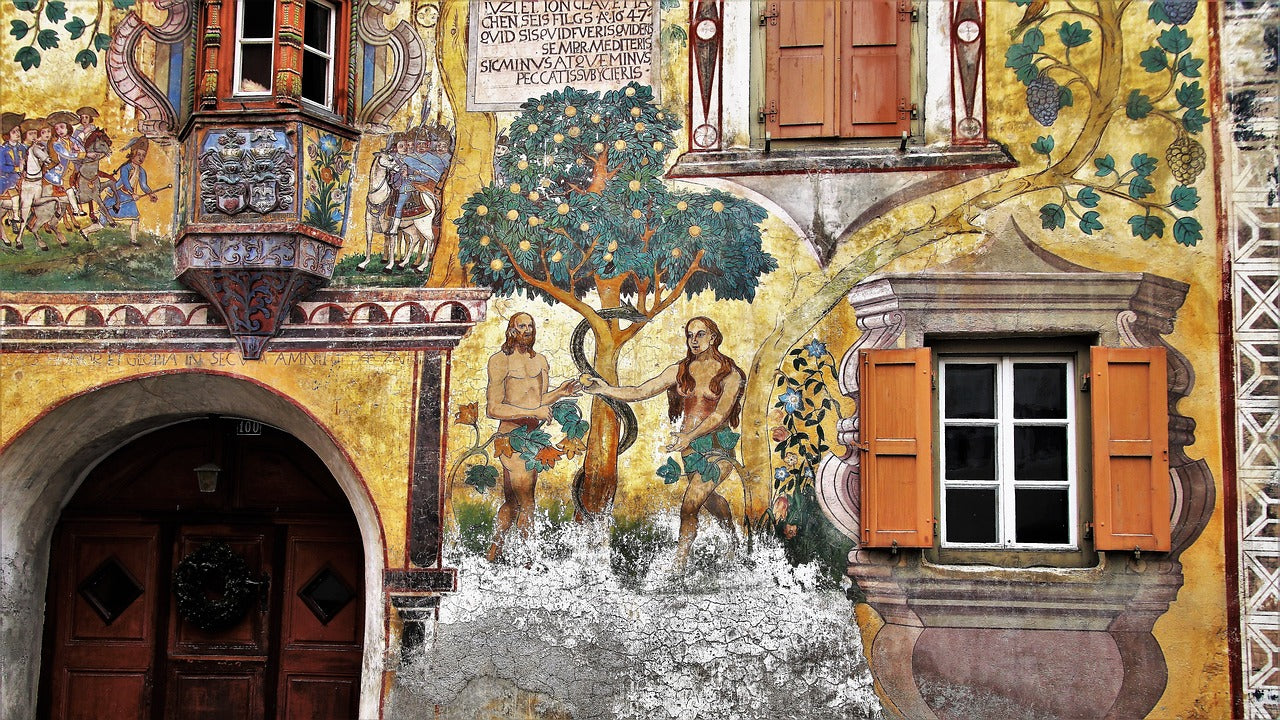
5. The King, the Archbishop and the Fig Tree
The first documented fig tree in the UK was planted by Cardinal Reginald Pole, a sworn enemy of Henry VIII (which was fair enough since the king executed most of his family and banished him) Pole would later be appointed Archbishop of Canterbury by Elizabeth I - the last Catholic to hold that post. When he wasn't hiding or Archbishoping, he was a keen gardener and planted the tree in the garden of the Palace of Lambeth around 1552 after returning from exile in Italy. It’s thought that the variety was White Marseilles, which is still grown in the UK to this day.6. Strictly for aristos
As figs became more popular in the UK, many different varieties were introduced from France, Spain and Italy. They were hugely fashionable amongst the 18th century aristocracy who grew them on the south facing walls of their stately homes. The varieties they grew - Brunswick, Brown Turkey and White Marseilles - are still the most popular in this country. Were the common people jealous and discontented with their figless lives? It appears not. Ordinary folks didn’t see the appeal, making fun of the weird looking upper crust delicacy and inventing the phrase “not worth a fig”.7. George Washington loved a good fig metaphor
Figs are great in salads, deserts and cheap biscuits, but George Washington, first President of the USA, enjoyed them best as a rhetorical device. He loved the Biblical phrase "But they shall sit every man under his own vine and under his fig tree; and none shall make them afraid”, using it in over fifty letters. It was his dream for his soldiers to be able to retire to their own patch of land and live in peace (unfortunately the dream didn’t extend to the enslaved people on his estate). Washington writes that he had fig trees planted in the lower garden on his Mount Vernon estate in February 1798, and when he eventually retired, he wrote to the Marquis de Lafayette: “I have once more retreated to the shades of my own Vine and Fig tree, where I shall remain with best vows for the prosperity of that country for whose happiness I have toiled many years.”8. The Wishing Trees of Hong Kong - and why that isn't a thing any more
In Hong Kong, there’s a widely held belief that spirits live in the fig trees, and two trees in particular were known as wishing trees. At new year and other festival times, people used to write their wishes on red or gold paper, tie them to a piece of string and tie the other end to an orange, which would then be thrown into the tree. If the wish got stuck in the tree, it was supposed to come true, and the higher the branch it stuck to, the more likely it was that the wish would be granted. Unfortunately in 2005 the weight of all the wishes caused a branch to break off and injure two people, so the government banned the practice and replaced the trees with heavy duty fakes.
9. Hornbill maternity wards
It's not just humans who’ve found a myriad of uses for fig trees. Hornbills are colourful, large-beaked birds that can be found in Africa, southeast Asia and The Lion King I and II. Their nesting behaviour sounds bizarre - but also makes some kind of sense. When they’re about to lay eggs, the females shut themselves away in the trunks of fig trees and nest there for anything from 90-130 days. During this time the male hornbills bring figs and feed them to their mates (and later their children) through a narrow opening in the bark. It doesn’t sound like a bad idea honestly - “Sorry kids, mum needs to go wall herself up in a tree now.”
10. Figs are inside out
People used to think fig trees had no flowers, but in fact they’re hidden inside the fruit in a fun reversal of everything we thought we knew about plants.
Because figs bloom internally, they can’t be pollinated in the same way as other fruits, and that’s where our friend the fig wasp comes in. They enter the fig through a small hole in the base and lay their eggs in the flowers, while also spreading pollen from one fig to the next. The baby wasps leave the fig and the fertilised flowers then produce one hard-shelled fruit each, which is why figs are crunchy inside. So does this mean when you eat a fig, you’re eating dead wasps? It’s very unlikely. The figs that we eat are female figs whereas the wasps lay their eggs in male figs. A wasp will occasionally enter a female fig by mistake and die there, but the fig has enzymes to break it down completely, so you can be reassured that that delicious crunch is just fruit. Probably.



